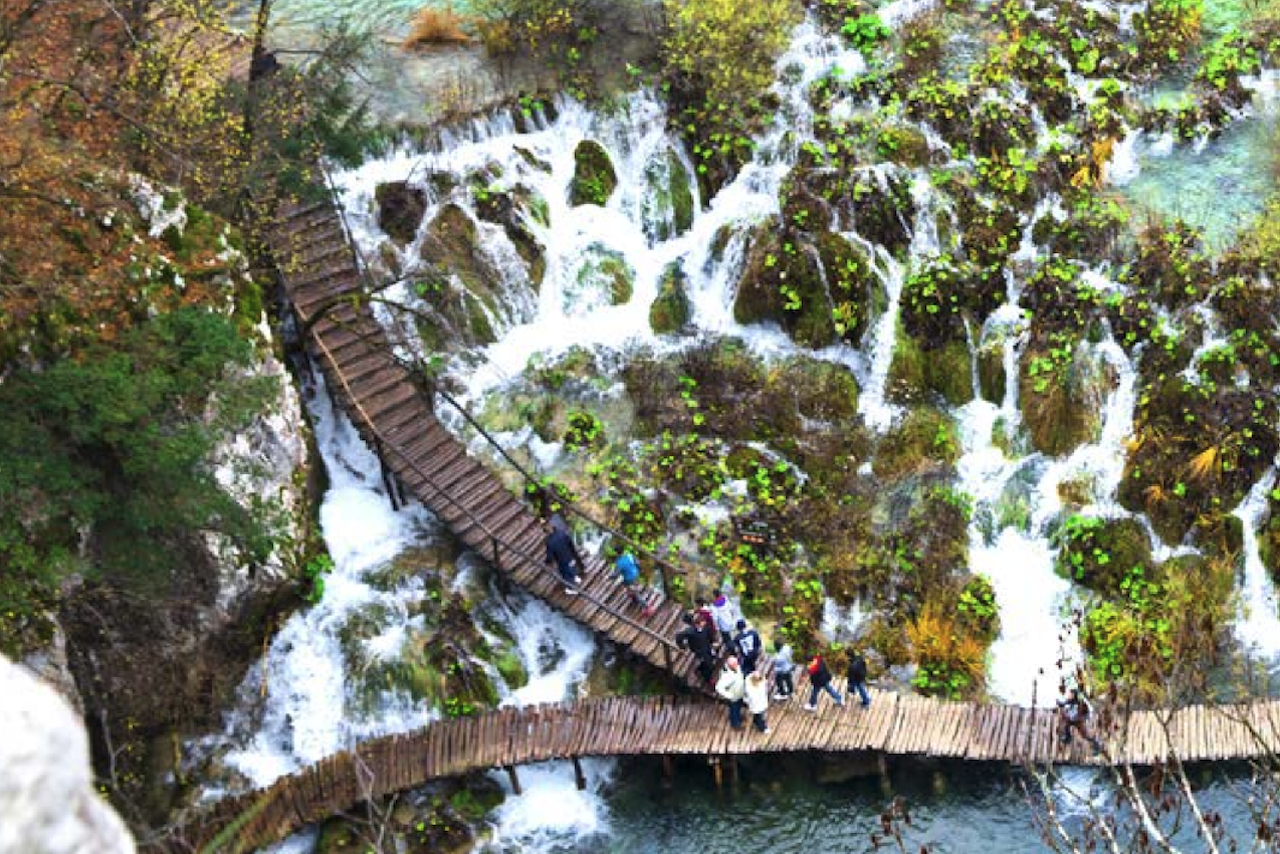Powered by

Powered by



Modern tourism is a major driver of economic progress. It accounts for 10% of global GDP and employment, 7% of global exports and encompasses a growing number of new destinations. At the same time, if not well-managed, it can bring environmental pressure and deepen societal harms such as inequalities.

SDG(s)
Sustainable Development Goal(s)
 3Good health and well-being
3Good health and well-being 4Quality education
4Quality education 1No poverty
1No poverty 2Zero hunger
2Zero hunger 6Clean water and sanitation
6Clean water and sanitation 11Sustainable cities and communities
11Sustainable cities and communities 13Climate action
13Climate action 10Reduced innequalities
10Reduced innequalities 12Responsible consumption and production
12Responsible consumption and production<span>In many destinations, tourism tends to be “all inclusive”: tourists pay an international tour operator, which captures most of the profit before it reaches the destination countries. Many hotels…
<div><span>Tourist flows tend to be seasonally and spatially concentrated. This concentrates its economic benefits, and introduces </span><span>problems associated with mass tourism. </span><span>Attr…
Pristine natural environments are tourist attractions that also provide environmental services to the local economy. Conversely, pollution may reduce the attractiveness of a tourist destination as wel…
Many tourists like to share their travel experiences through social media. These digital trails could potentially yield valuable insights on how a country’s tourist attraction is experienced, and guid…